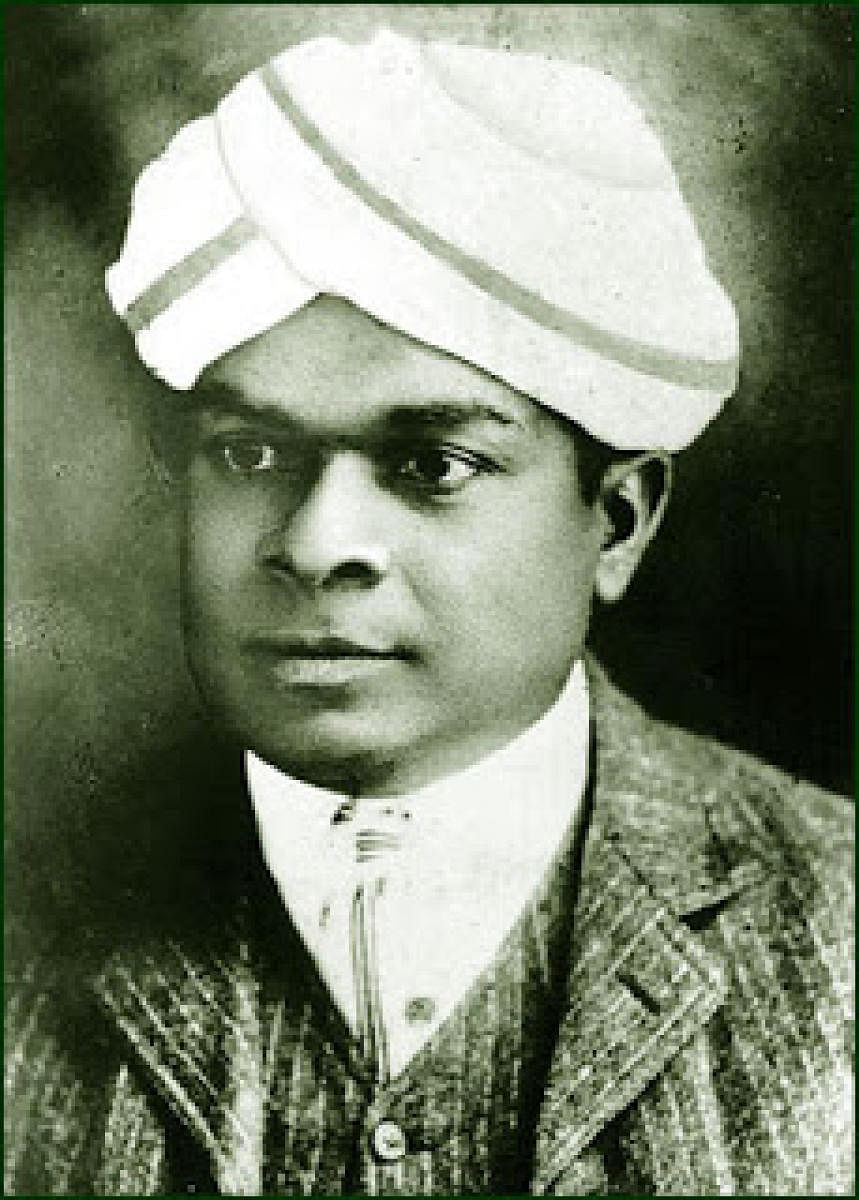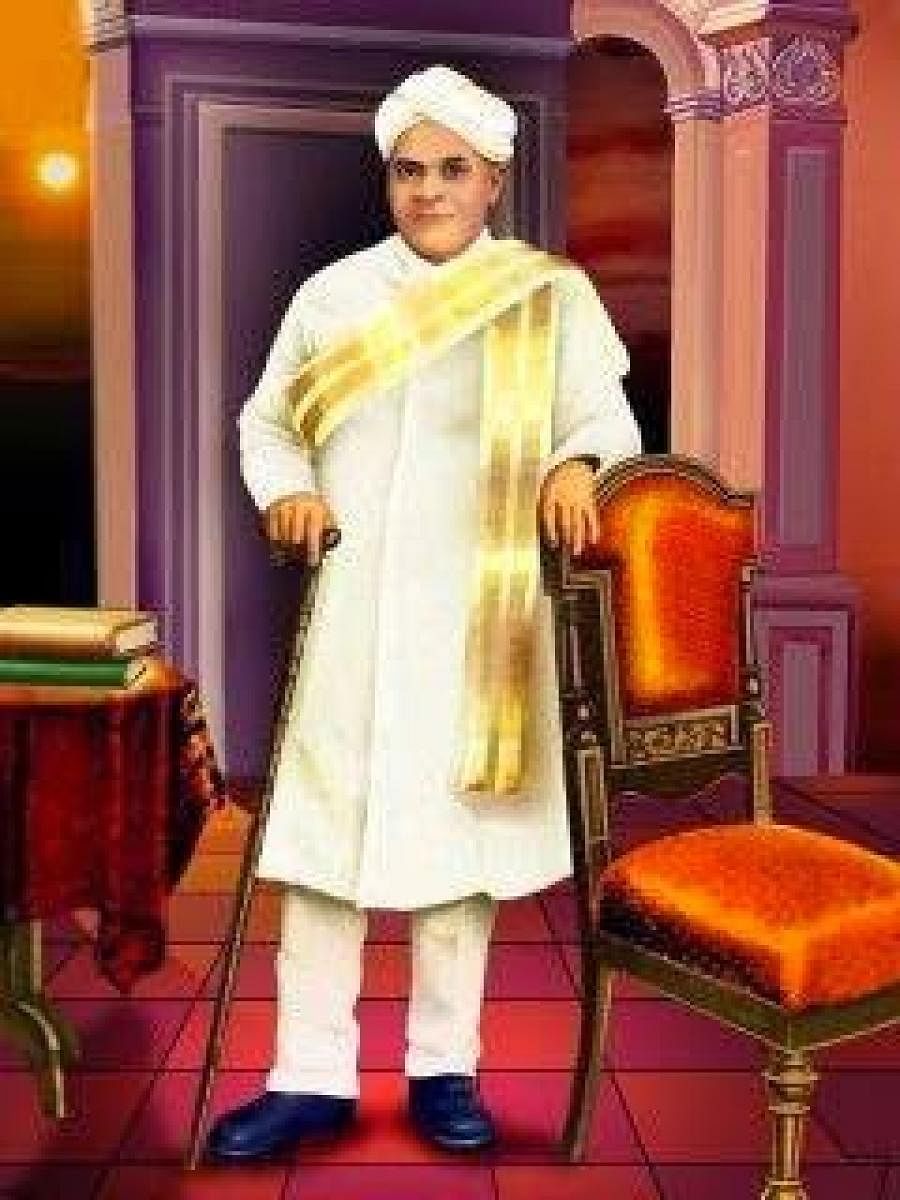

Doctor. Activist. Social reformer. While Mysuru fondly remembers Padmanabhan Palpu for his service in the medical field, especially during the difficult times of the plague 120 years ago, the doughty doctor is commemorated in Kerala as a social revolutionary.
Padmanabhan Palpu was born in Thiruvananthapuram in 1863. He completed his matriculation in 1883 and then appeared for the examination for admission to medical studies. Though he stood second in this test, he was denied admission. The official reason given was that he was over the age limit, but it was common knowledge that his birth had decided the matter: Palpu was from the Ezhava caste, who were traditionally farmers and toddy tappers.
Not one to be easily crushed, Palpu joined the Madras Medical College two years later, borrowing the money required for the fees. In 1889, overcoming setbacks linked to his impecuniousness, Palpu completed his Licentiate in Medicine and Surgery degree, becoming only the second Ezhava from Travancore to graduate; his elder brother was the first.
Armed with his degree, Palpu applied for a job in the Travancore Medical Services but was refused on account of his caste. However, caste was inconsequential to the progressive Mysore government and in 1891, Palpu joined the Mysore administration and was made Superintendent of the newly established Vaccine Institute in Bengaluru.
A capable and energetic worker, Palpu was soon given charge of St Martha’s Hospital and the Lunatic and Leper Asylums. In August 1898, when the plague pandemic reached Bengaluru, he was appointed superintendent of the plague camps in the city. There were segregation camps for infected people, contact camps and health camps for their relatives.
Later that year, when the plague appeared to have subsided a little, the Mysore government sent Palpu to Cambridge where he studied bacteriology, serum therapy and tropical medicine, and received his Diploma in Public Health. Immediately upon his return in 1900, Lt Col PH Benson, the then Senior Surgeon and Sanitary Commissioner in the Mysore administration, recommended that Palpu be appointed as Health Officer for Bengaluru City.
This was enthusiastically seconded by Col Smyth, former Durbar Surgeon, who said, “I have great pleasure in endorsing this recommendation as I know a good deal about this officer and feel sure that he would do credit to the appointment.”
Palpu of course more than repaid their faith in him. Initially, his duties were restricted to looking after sanitation and conservancy, and investigating the causes of infectious diseases like cholera but not plague, the latter coming under a separate department. Some months later, as the plague continued to rage, this too came under his ambit.
The job required not just medical knowledge but also patience, empathy and selflessness. Palpu’s duties took him on surveys of plague-affected areas where he investigated living conditions. To try and restrict the spread of plague, he used to personally meet family members of infected people to convince them to remove themselves to contact camps. This was done “with sympathetic and persistent advice” and with “repeated preaching and persuasion,” as he put it, which took a lot of time, sometimes requiring visits over 2 or 3 days during which he would explain the dangers of infection to them and it usually worked.
Palpu served in the Mysore government until 1920 including as Deputy Sanitary Commissioner, Superintendent of the Central Jail, and Director of the Vaccine Institute. He was a Fellow of the Royal Institute of Public Health and a member of the British Medical Association.
One cannot help but admire the indomitable spirit of this warrior who triumphed despite being spurned because of caste prejudices. His experiences left Palpu with an intense desire to better the lives of his community. Despite the demands of his job here, he campaigned ceaselessly for the upliftment of Ezhavas and other backward castes. To raise public awareness, Palpu wrote eloquently in newspapers about the iniquities of the caste system. In 1896, he submitted a petition addressed to the Travancore Maharaja that was signed by 13,176 Ezhavas.
The Ezhava Memorial, as it became known, highlighted how Ezhavas in Travancore were not allowed in government schools and were denied jobs in government. Palpu also wrote to Mahatma Gandhi, to Lord Curzon, and even managed to have questions raised in the British Parliament about the plight of the Ezhavas. He was also one of the co-founders of the charitable organisation Sree Narayana Dharma Paripalana Yogam. Padmanabhan Palpu passed away in 1950. His story of fighting both plague and caste prejudice with discipline, compassion and conviction is still inspirational.
(The writer is the author of Discovering Bengaluru)